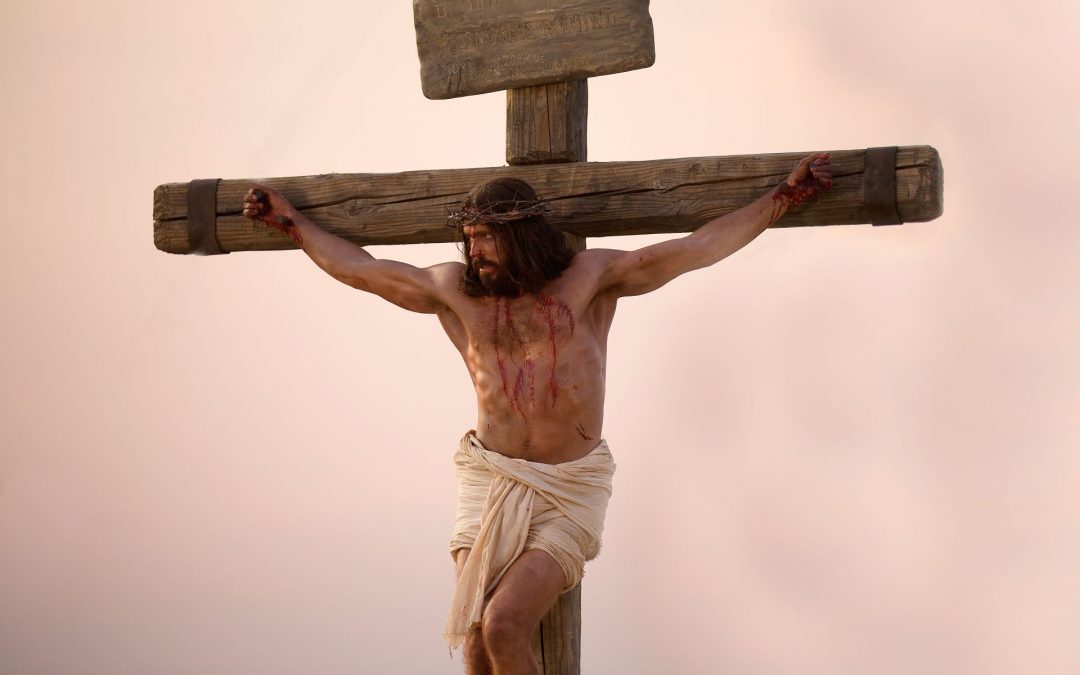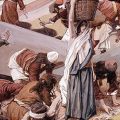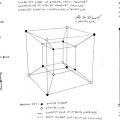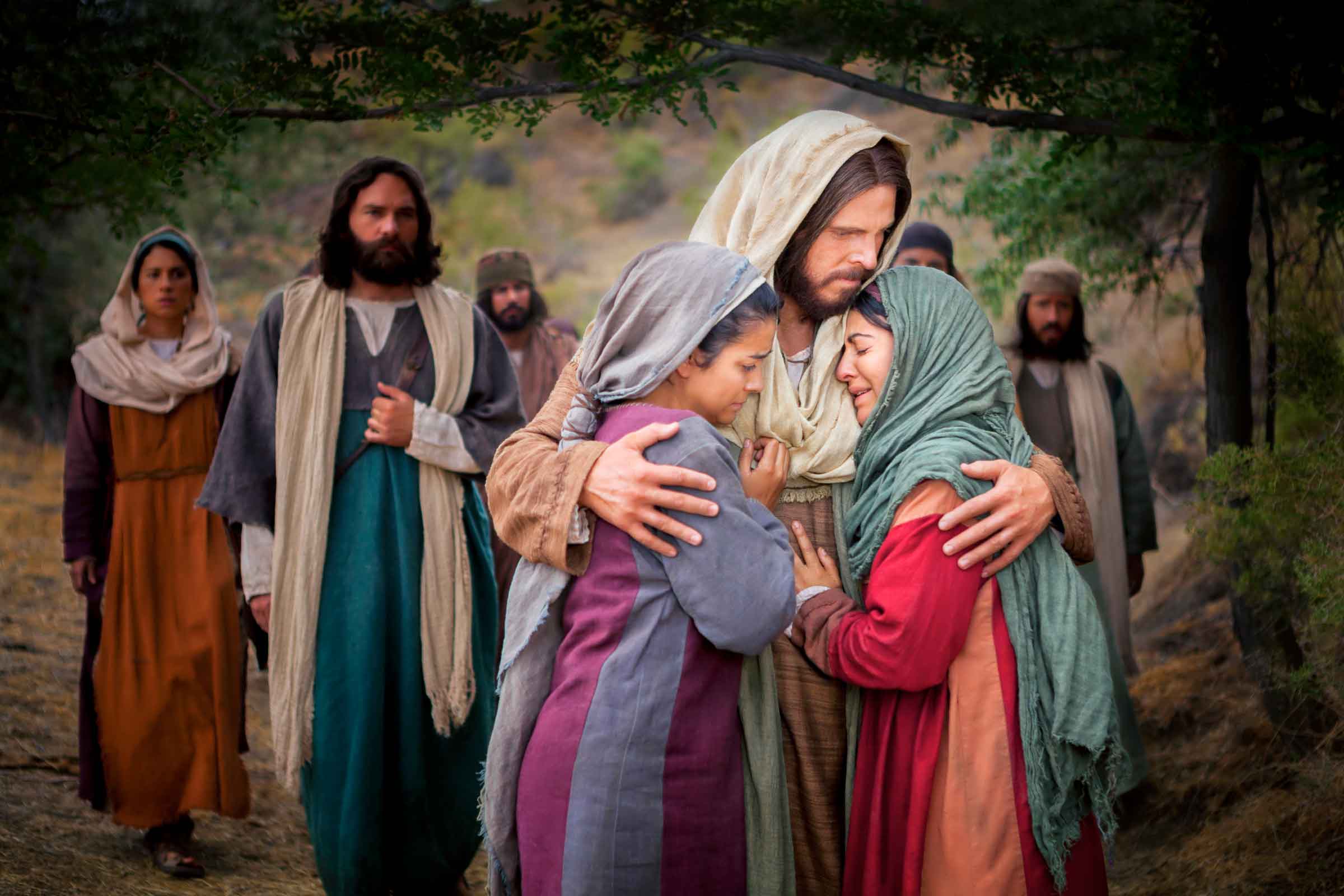During his time as minister of the Granite Reef Ward, Bishop Mark Kleinman taught his priests quorum about the Atonement of Jesus Christ and to achieve this goal he set a challenge for them to read the scriptures every day over a set period. The young men each made an individual covenant to be obedient to the terms laid out that included reporting their obedience or otherwise in weekly priesthood meetings when their hits and misses were recorded.
At the end of the term, the book was opened and Bishop Kleinman revealed those that failed to do as they had promised must make up for their failure, and that in so doing they would learn the central truth about the cost of the infinite Atonement made by the Saviour Jesus Christ.
To demonstrate this, Bishop Kleinman took his quorum into a park and explained that he anticipated they would learn exactly what was involved in the Atoning sacrifice of the Saviour in his agony in Gethsemane and on the cross of suffering at Golgotha.
First, the young men that had honoured their covenant with the bishop were declared free from guilt and, therefore, a ransom to redeem them was not required as they were recipients of the saving grace that accompanies obedience to covenants. However, the young men that had not honoured their covenant were informed that due to their failure to live up to their covenant, a price had to be paid for their redemption so that when the ransom was paid they could join the perfected ones as themselves having been made perfect by proxy.
Asked what would be a proper price for their redemption, these young men came up with a variety of suggestions, none of which was judged adequate to make up for their deficiencies and make themselves eligible for deliverance.
Bishop Kleinman had a solution. He explained how the Atonement of Jesus had provided a way for all humankind to be redeemed from the effects of sins and fitted them to stand clean in the presence of God our Heavenly Father. It was the willing sacrifice and suffering of an innocent that made up for whatever shortfall might be in each of us when we stand before the judgement bar of Heavenly Father. He explained that since he had read the scriptures every day during the agreed period and therefore he had no price to pay, he would pay the price on their behalf as a surrogate so that they would not suffer the consequences of their failure and so they would be declared debt-free and innocent.
The bishop’s assistants produced a paintball gun and a bucket of paintballs. Each young man took his turn to fire paintballs at Bishop Kleinman’s T-shirted back twelve feet from the firing line and the pain he suffered would redeem them from the consequences of not having met their obligations in reading the sacred word of God every day.
Some tense and agitated discussions took place in which the boys tried to circumvent the consequence their bishop would bear as their proxy, but no satisfactory way was found to solve what appeared to be an insoluble dilemma. Asked whether there was some other way their redemption could be secured, they were told, “There is no other way.”
Eventually, albeit reluctantly, they accepted that it must be this way or else they could not overcome their debt, and they formed a queue and each took up the paintball gun, loaded it, and, one by one, each priest took aim at Bishop Kleinman’s back. The impact of the missiles was painful and the bishop winced several times from the force of the blows.
It was not long before the shooters were reduced to tears as they recognised the painful price paid by one that loved them and was willing to suffer from them. That day they learned in real-time about the Atonement made for every one of us by Jesus that cost him dearly in pain and suffering for our sakes because he loves us.
Bishop Kleinman’s painful back lingered for about a week, but the lesson learned from this crucial moment lingers yet in the minds and hearts of those young men ever since.
That our disobedience caused pain to One that was guiltless, even Christ Jesus, is a lesson that none of us can ever afford to forget.
Latest posts by Bennett-Bray, Moroni Channel (see all)
- The Paint Ball Atonement - June 12, 2020





